i'm trying to get around the rule of only being able to form convex shapes in the SFML c++ library.
To do this I'm planning on testing given vertices, and if concave, splitting the vertices into groups, testing each groups' concaveness, and repeating until a full set of concave shapes results that look just like the original shape when put together
What I would like to know is...
What the equation for testing a shapes concaveness is: What is it and how does it work?
How would i split up the vertices of the concave shape so in the end the shape is formed out of as few convex shapes as possible?
Whats the best practice for achieving my goal?
Thanks!


